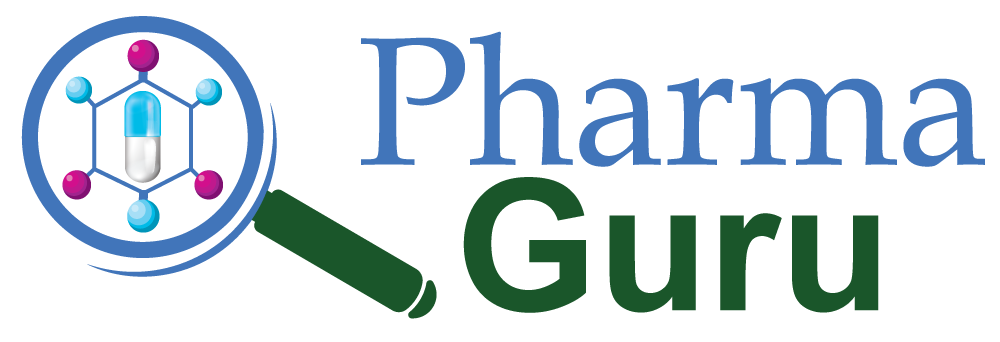Unlock Your Potential with PharmaGuru Premium Course
- Choose from our Most Popular or Advanced Pharma Courses to kickstart or elevate your career
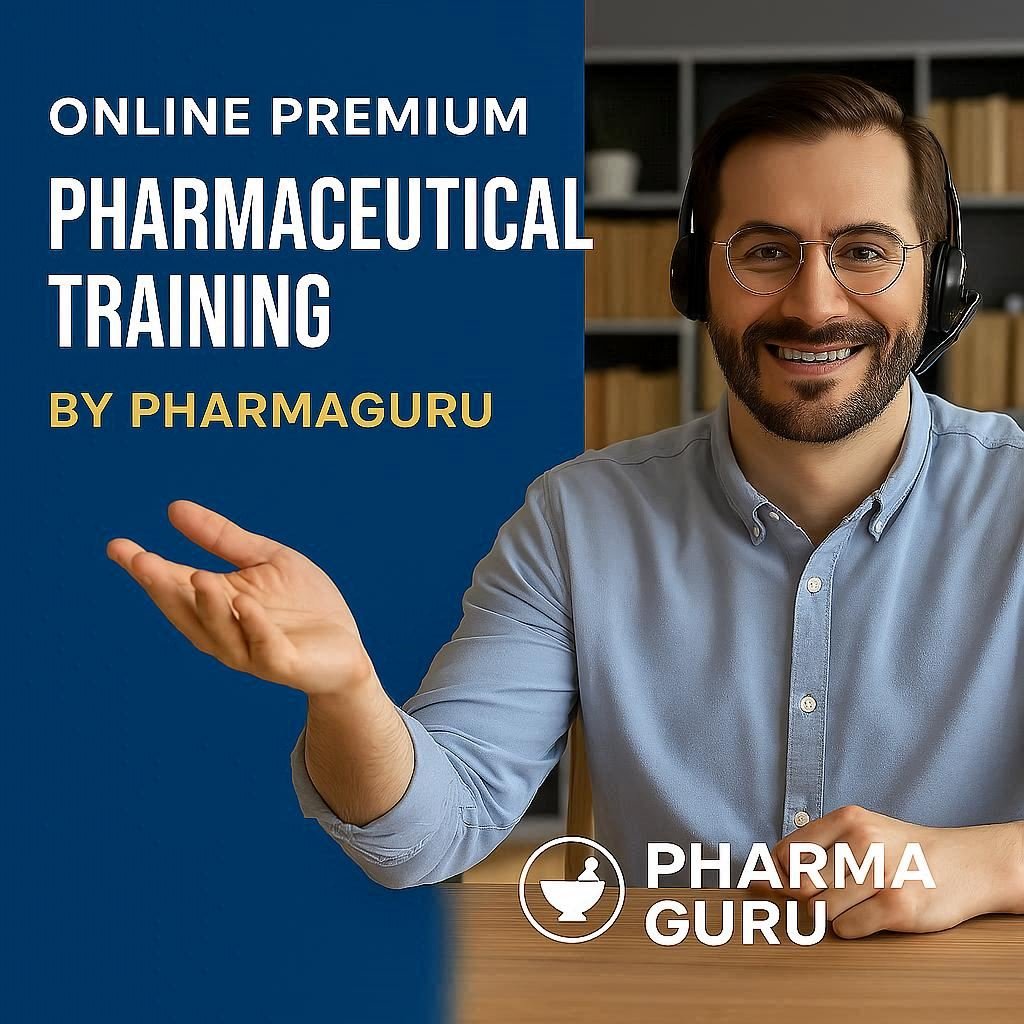
Choose Your Perfect Course:
- Most Popular
- Advanced
Our courses are designed to cater to both beginners and professionals looking for in-depth learning. Choose the one that suits your needs
Key Differences Between Most Popular & Advanced Courses:
| Feature | Most Popular | Advanced |
|---|---|---|
| Sessions | 5 | 12 |
| Duration | 7.5 hours | 18 hours |
| Fee | ₹8100 | ₹16200 |
| Professional Support | 1 Year | 5 Years |
| Content | Basic to Advanced | Basic to Subject Matter Expert |
| Certificate | Yes | Yes |
| Downloadable Materials | Yes | Yes |
| Money-Back Guarantee | 30 Days | 60 Days |
Why Choose PharmaGuru?
“PharmaGuru is your trusted partner in gaining industry-leading pharmaceutical knowledge. We provide in-depth, practical, and up-to-date content, along with long-term professional support.”
- Comprehensive content from Basic to Advanced levels
- Hands-on support from Industry Experts
- Money-Back Guarantee for peace of mind
- Downloadable Resources for continual learning
- Secure Payment: Razor Pay
- Lifetime Access
“Ready to Get Started?”
“Choose a course that suits your career goals. Enroll today!”
“Secure Your Spot and Start Learning Today”
“Choose the course and proceed to a secure payment gateway.”
- Chiral Method Development with Certificate: Best in the Industry
- HPLC Method Development with Certificate: Best in the Industry
- Analytical Method Validation with Certificate: Best in the Industry
- QBD Approach to Control of Pharmaceutical Impurities with Certificate
- Stability Studies and Shelf Life Evaluation of Pharmaceuticals with Certificate
- GC Method Development with Certificate: Best in the Industry
- Analytical Control Preparation Course Using QBD with Certificate
Choose between Most Popular ((₹8100) or Advanced Course (₹16200)
Chiral Method Development with Certificate: Best in the Industry

HPLC Method Development Course with Certificate: Best in the Industry
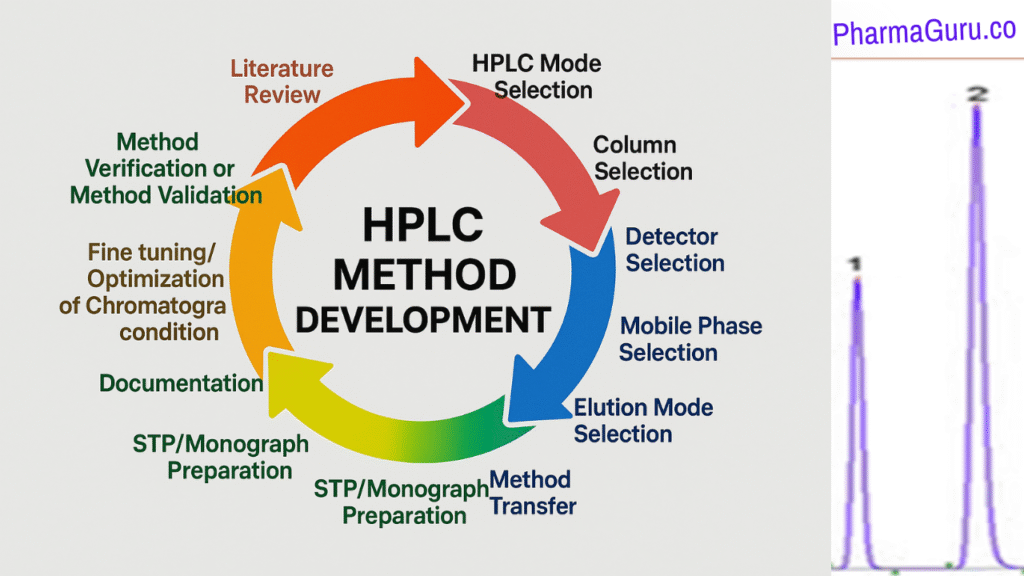
Analytical Method Validation Course with Certificate: Best in the Industry
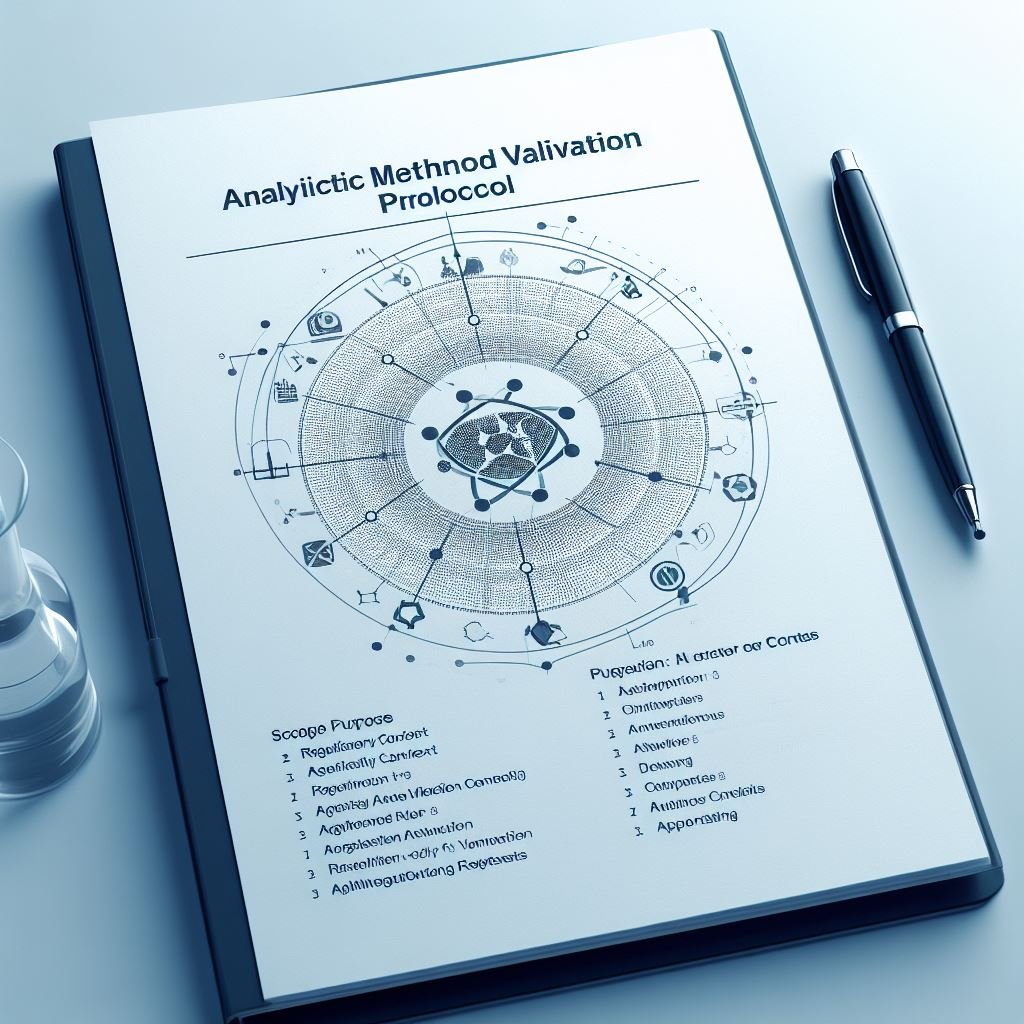
QBD Approach to Control of Pharmaceutical Impurities Course with Certificate
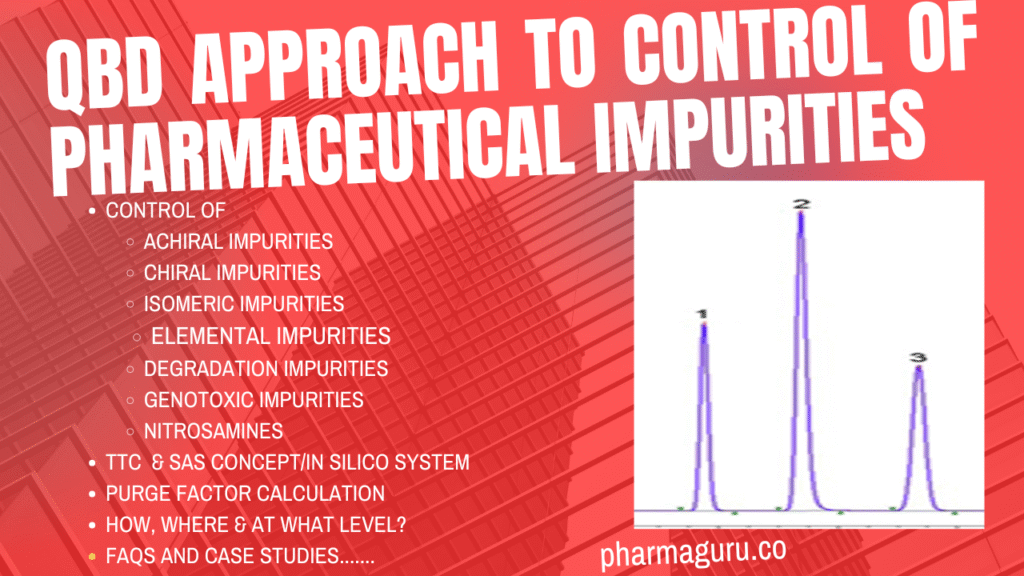
Stability Studies and Shelf Life Evaluation of Pharmaceuticals Course with Certificate
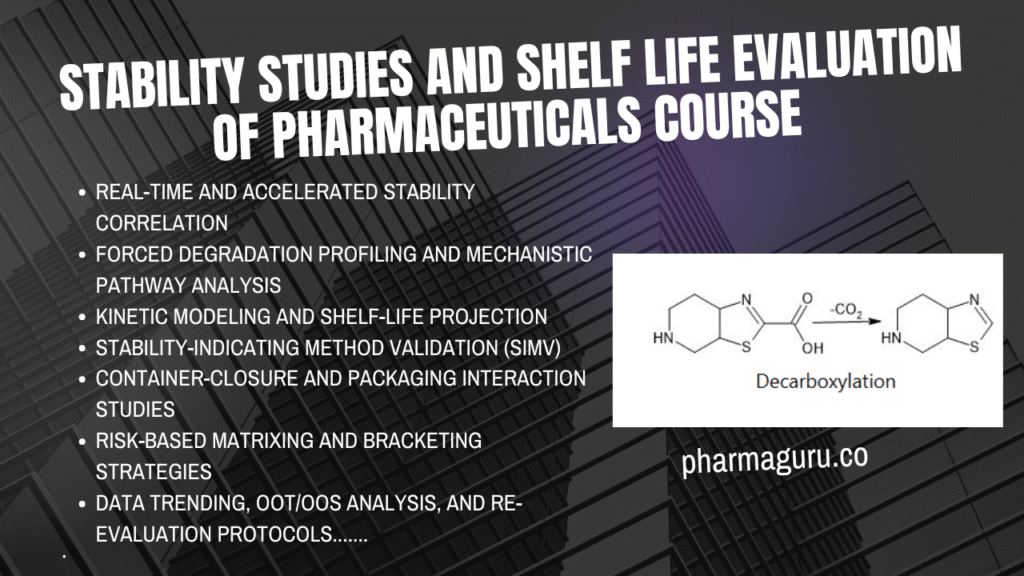
Analytical Control Preparation Course Using QBD with Certificate
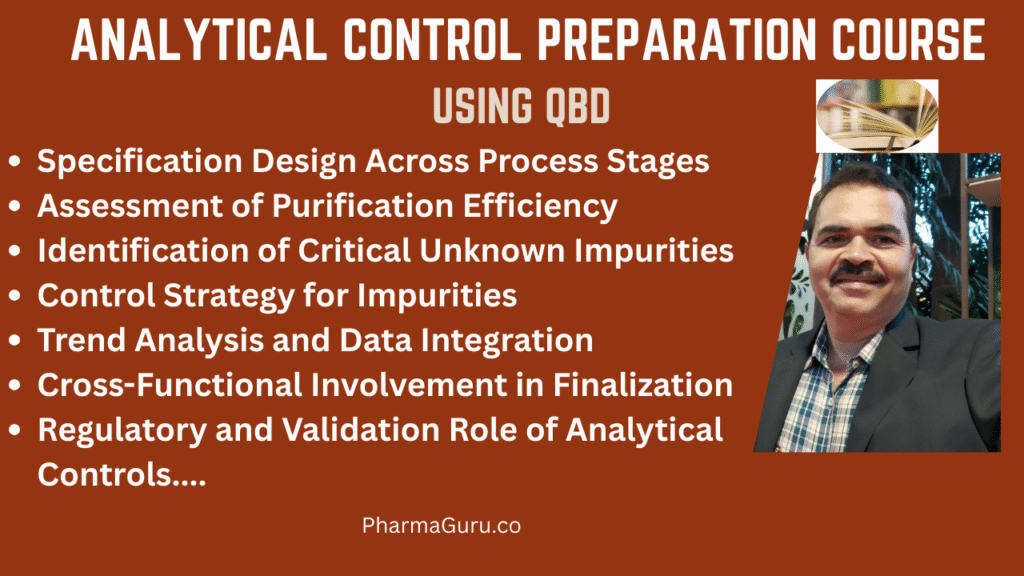
GC Method Development with Certificate: Best in the Industry
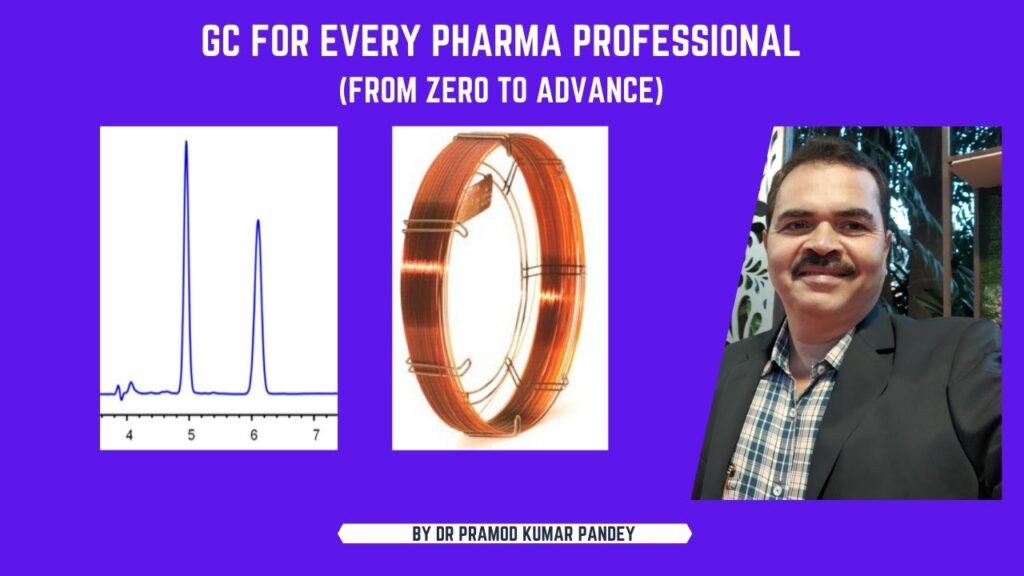
Complete your payment via Razorpay for the selected course
🔘 Pay & Buy Now 📘 Most Popular💰 ₹8100
🔘 Pay and Buy Now 📘Advanced💰 ₹16200
How?
- Mode of Delivery: Live sessions conducted via Google Meet, featuring expert-led instruction and professional presentations.
- Each Session duration: 60 to 90 minutes
Who Should Attend?
- Industry Professionals: Individuals seeking to upskill and stay current with the latest pharmaceutical practices.
- Career Changers: Professionals looking to transition into the pharmaceutical sector.
- Job Seekers & Fresh Pharmacy Graduates/Post Graduates/Post Doctorates: Recent Fresh Pharmacy Graduates/Post Graduates/Post Doctorates and aspiring candidates aiming to launch a career in the pharmaceutical industry.
- Team Leaders & Managers: Supervisors responsible for developing team capabilities and enhancing operational performance.
- Knowledge Enthusiasts: Anyone with a keen interest in gaining in-depth insights into pharmaceutical processes and industry standards.
- Academicians: Lecturers and professors looking to enhance their industry-relevant knowledge to better guide students.
- Students: Pharmacy, chemistry, and life science students aiming to strengthen their academic
“Enroll in More Courses — Save More with Exclusive Discounts!”
- Titrimetric Method Development
- Step-by-Step Guide to GC-MS Method Development
- Step-by-Step Guide to LC-MS Method Development
- Forced Degradation Study and Photo Stability
- Nitrosamine Impurities: Challenges & Solutions
- RFT Approach in Technology Transfer of Analytical Method
- How to define pharmaceutical specifications?
- Effective CAPA Management
- Handling OOS, OOT and completing the investigation report
“Limited-Time Offer: Get 80% Off on Courses 1 to 9 – Enroll Now Before It Ends!”
🔘 Pay & Buy Now 📘 Course with discount💰 ₹1620
Frequently Asked Questions (FAQs)
What is the Most Popular Course?
The Most Popular Course offers core pharmaceutical training, covering topics from basic to advanced in a shorter format — perfect for beginners or working professionals looking for a strong foundation.
What is the Advanced Course?
The Advanced Course is a comprehensive, in-depth program designed to make you a subject matter expert. It includes extended hours, advanced content, and long-term professional support.
How do I choose between the Most Popular and the Advanced Course?
Choose the Most Popular Course if you want a quick, structured introduction.
Choose the Advanced Course if you’re aiming for deep expertise, career growth, or specialised roles.
Can I join both courses in one go?
Yes! You can enroll in both courses together to get the full learning experience and may be eligible for a combined discount.
How can I join the Advanced Course?
Click on the “Enroll Now” button on the landing page, select the Advanced Course, and complete your registration through our secure Razorpay payment gateway.
How can I make the payment?
Payments can be made online via Razorpay using UPI, Debit/Credit Card, or Net Banking — quick and secure.
How will I be informed about the training?
Once your registration is confirmed, you will receive email and WhatsApp notifications with full details, including your training schedule and login access.
What is the training time?
Training sessions are typically conducted during evenings or weekends, designed to suit working professionals and students. Exact timing will be shared after enrollment.
What is the mode of training?
All training is conducted 100% online via live interactive sessions, with access to downloadable materials and expert support.
What is the duration of the Advanced Course?
The Advanced Course includes 12 sessions, totaling approximately 18 hours of expert-led training.
What is the duration of the Most Popular Course?
The Most Popular Course includes 5 sessions, totaling approximately 7.5 hours of training.
Need Help?
Contact us on WhatsApp: +91-9910157319
Or Email: admin@pharmaguru.co
Hear What Our Learners Say About PharmaGuru
Trusted by students and professionals
⭐⭐⭐⭐⭐
Vivek Tiwari, Vadodara
“The Most Popular Course gave me exactly what I needed — In pharma knowledge forum very good learning of Analytical method development and Validation both. Good knowledge in very simple languag.”
⭐⭐⭐⭐⭐
Sunil Chaudhary, Nepal
“PharmaGuru’s Advanced Course was a game-changer. It’s a very fruitful platform for studying about the analytical method development by hplc GC and many more mainly I got knowledge from this about the method validation and is very useful platform for all users”
⭐⭐⭐⭐⭐
Sonali Mehendale – Munj, Delhi
“Thank you very much for conducting these modules for the course HPLC method development. It is being conducted very systematically and in a structured way. Your way of explanation along with case studies and industry application is very insightful.”
⭐⭐⭐⭐⭐
Dr Ankur Naik., Pharmaceutical Scientist, Vadodara
“What impressed me most was the 5-year professional support. Deep knowledge in simple words and effective presentation for better understanding. Thank you very much for sharing your valuable knowledge Sir.”
⭐⭐⭐⭐⭐
Verified Google Review
“Excellent course structure, well-explained modules, and timely responses to queries. PharmaGuru truly understands what students need.”
